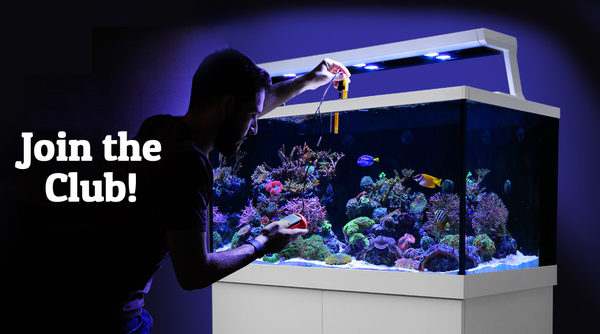CRITTER CARE GUIDE: SCORPIONS
Flinders Range- Urodacus elongates
Black Rock- Urodacus manicatus
Uro- Urodacus macrurus
Desert Scorpion- Urodacus yaschenkoi
Safety First
Scorpions have a painful sting, scorpions may pinch or sting you if they feel threatened. Scorpion stings are usually similar to a bee sting, if you are allergic to bee’s or are unsure if you are, you will require urgent medical attention and a trip to the emergency room (further serious reactions may occur, as with a Bee sting.) We recommend not handling your scorpion. They can easily be caught and transported using long steel tweezers (just pick them up gently by their tail). Having said this word of warning, a pet scorpion has its kicks! It’s all part of the thrill of keeping a dangerous animal.
Housing
We recommend mesh top terrariums. Generally speaking an adult scorpion is comfortable in a 30x30x30cm Terrarium. Smaller scorpions will be comfortable in a 20x20x20cm. Mesh Top terrariums allow ventilation while still holding humidity. Our terrariums also have lockable lids (which is always a good idea). Scorpion can climb the silicone corners, so standard glass aquariums tend not to be the best option. A small 5 watt heat mat is ideal, either in one corner covering no more than 1/3 the floor space (or mounted to the side of smaller terrariums), this will allow one corner of the environment to be slightly higher than room temperature.
Molting and the importance of Substrate
Your scorpions will appreciate a mix of Terrarium sand and Peat Moss/ CocoFibre/ Critter Crumble. Desert scorpions tend to prefer red desert sand as it enables burrowing once moist, and rainforest varieties will appreciate coco fibre and leaf litter. A depth of around 10cm is ideal. This is a great nesting material and holds moisture very well. This substrate also creates an ideal humidity for Molting. Your scorpion will refuse food when preparing to molt. Once the scorpion has molted, withhold food for a few days to allow the exoskeleton to harden. It is also a good idea to have Driftwood, Leaf Litter and Hides/ornaments available to make your scorpion feel secure.
Feeding Time!
Your scorpion is an opportunistic hunter, they can take large prey items and go extended periods without a meal. They will usually only feed once every 5-7 days. Crickets and Woodroaches are ideal feeder insects. Generally speaking, the insect should be around 1/3 the size of your scorpion. Always feed with Tweezers (not your fingers) or drop the insect in for your scorpion to hunt. If your scorpion refuses the meal, take out the insect after 12 hours. A small shallow water dish should always be available, try to use distilled water, Reverse Osmosis, or dechlorinated tap water. Mist the environment and glass lightly once a week.
Cleaning & Maintenance
Maintenance and cleaning is very minimal, wipe down the glass with wet paper towel (on tweezers) when necessary. Also remove moult, waste, or dead insects when necessary. You can usually completely replace the substrate every 3 months.



